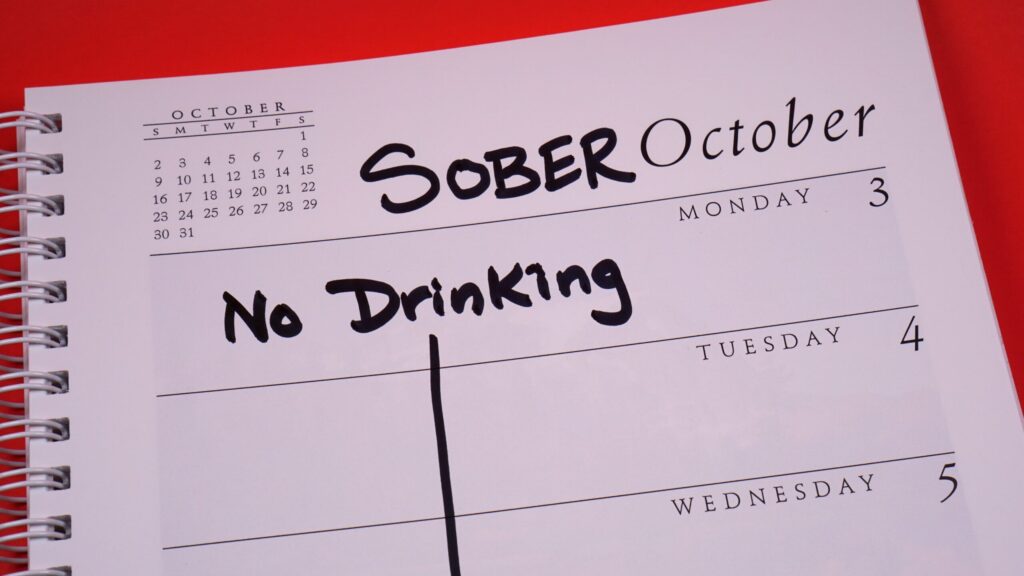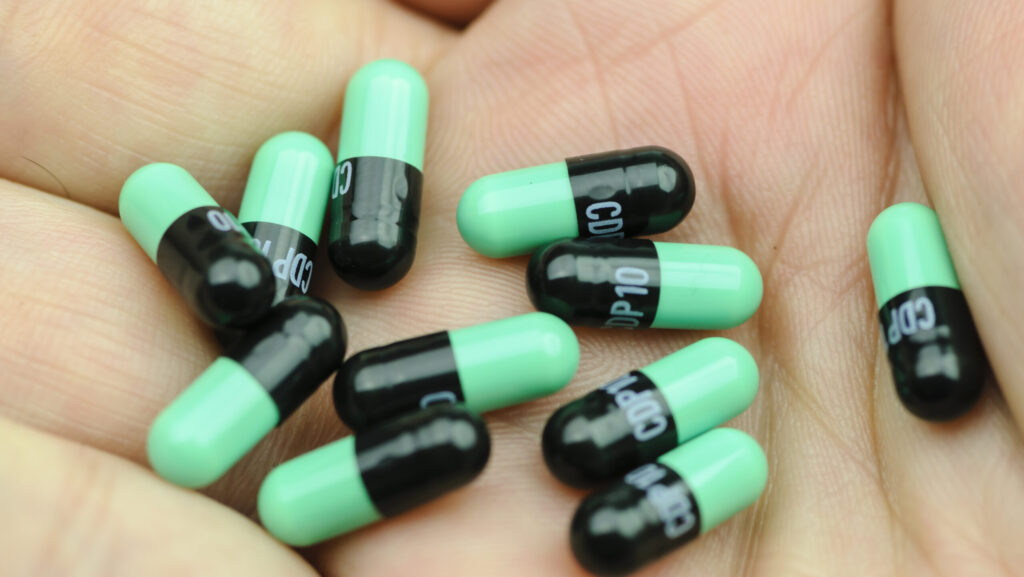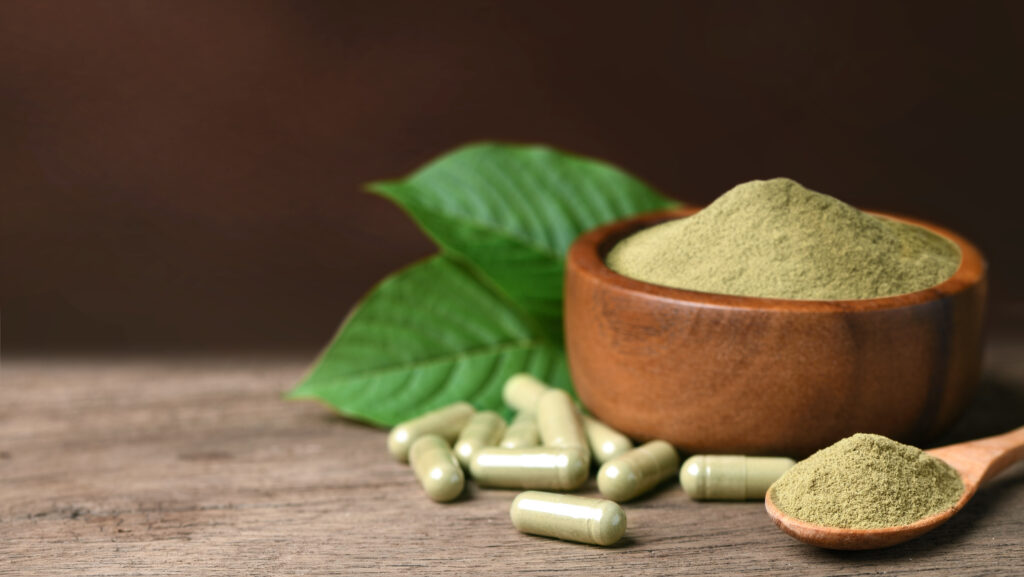How do I find Psychedelic Therapy near me?
With new studies highlighting the benefits of psychedelic therapy, it has contributed to more people searching the term psychedelic therapy near me. These new studies are shedding light on how psychedelic substances alter the brain and can facilitate positive and lasting improvements related to treating substance use disorder, depression, anxiety and PTSD.
How do I find Psychedelic Therapy near me? Read More »










